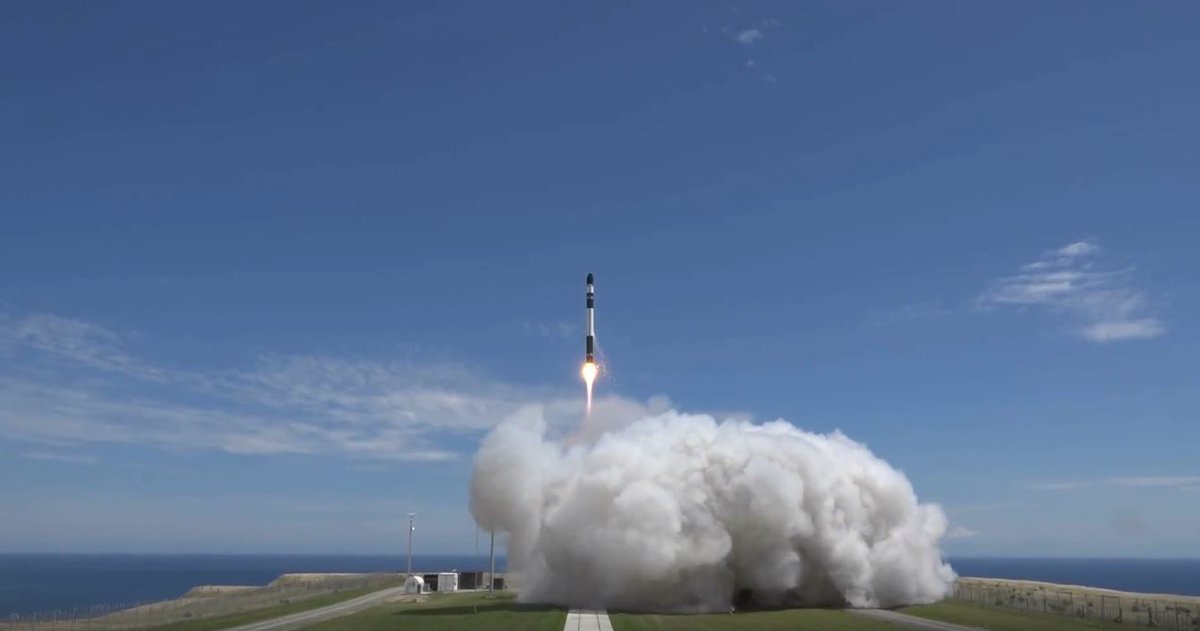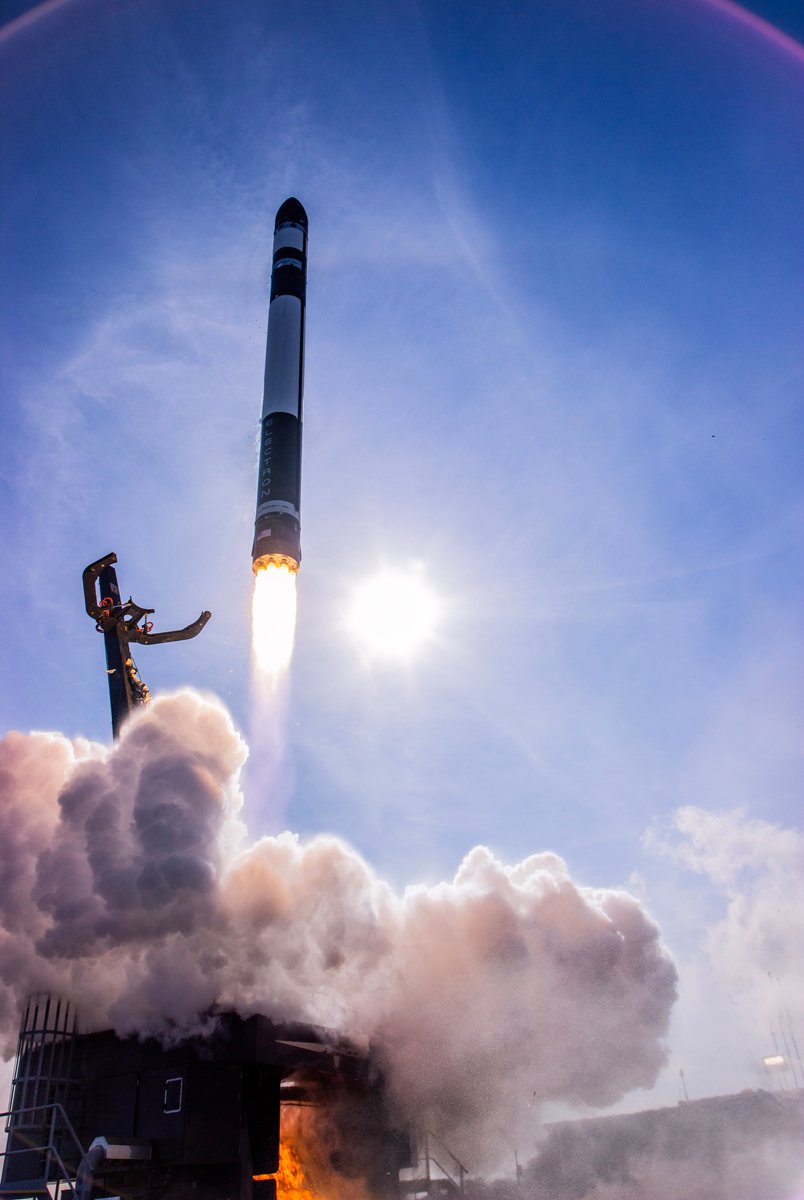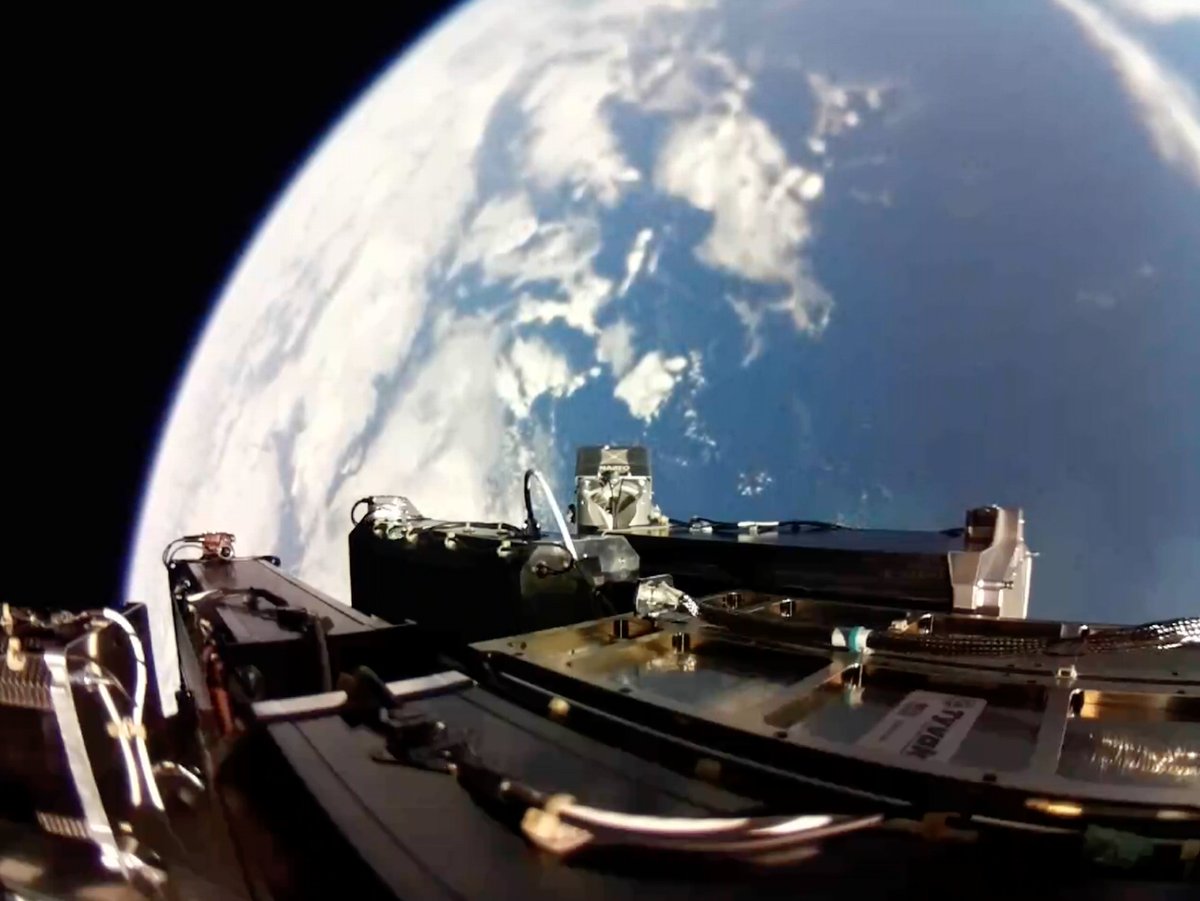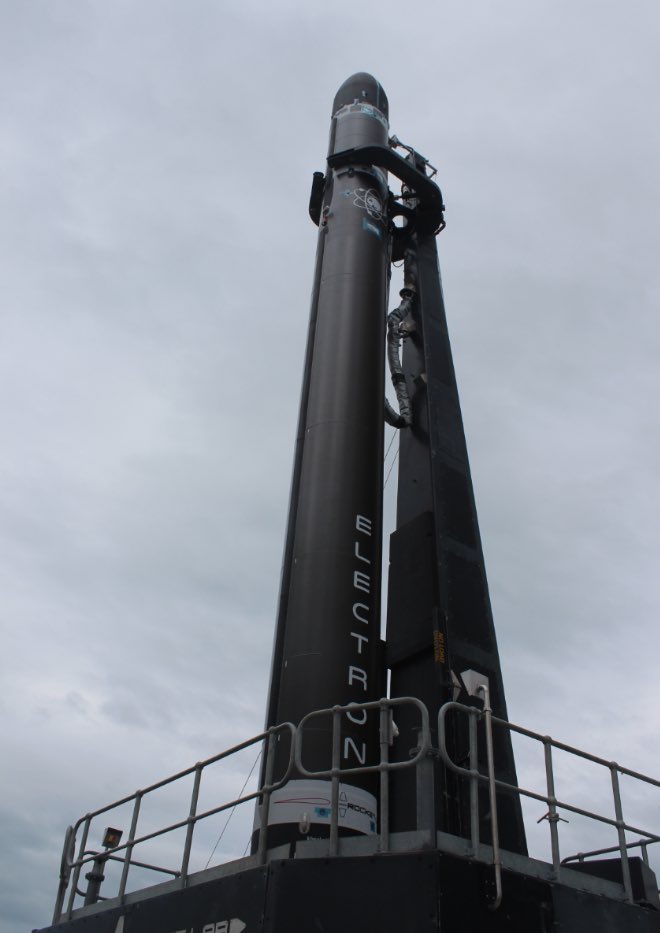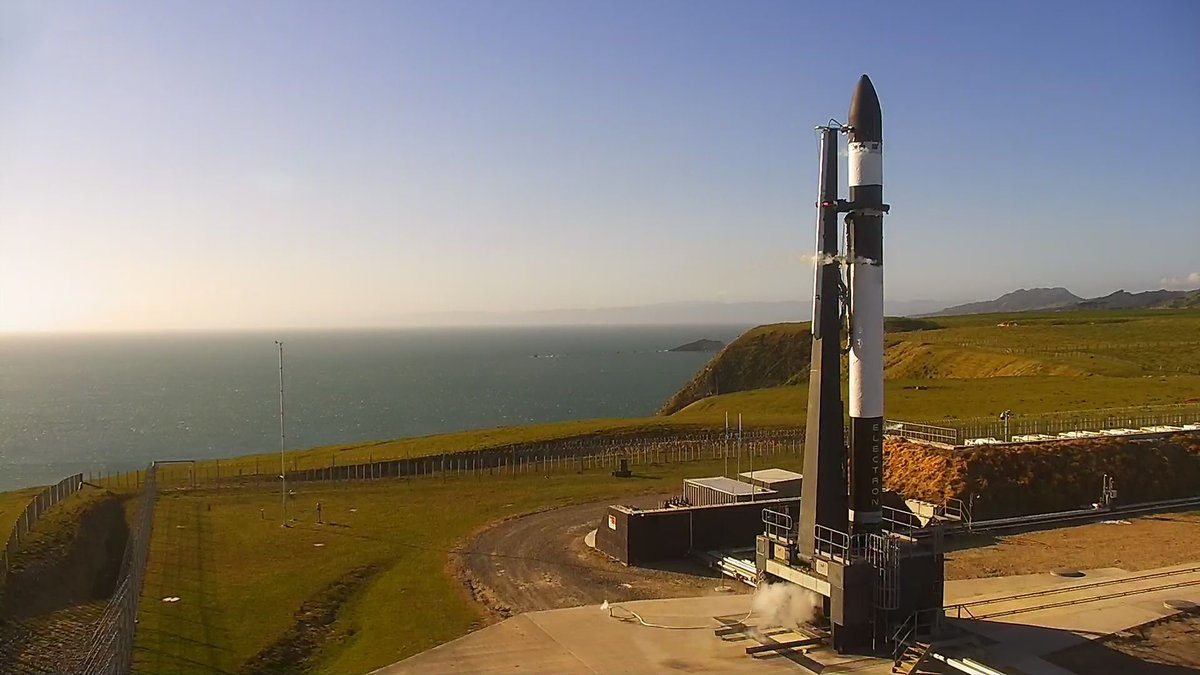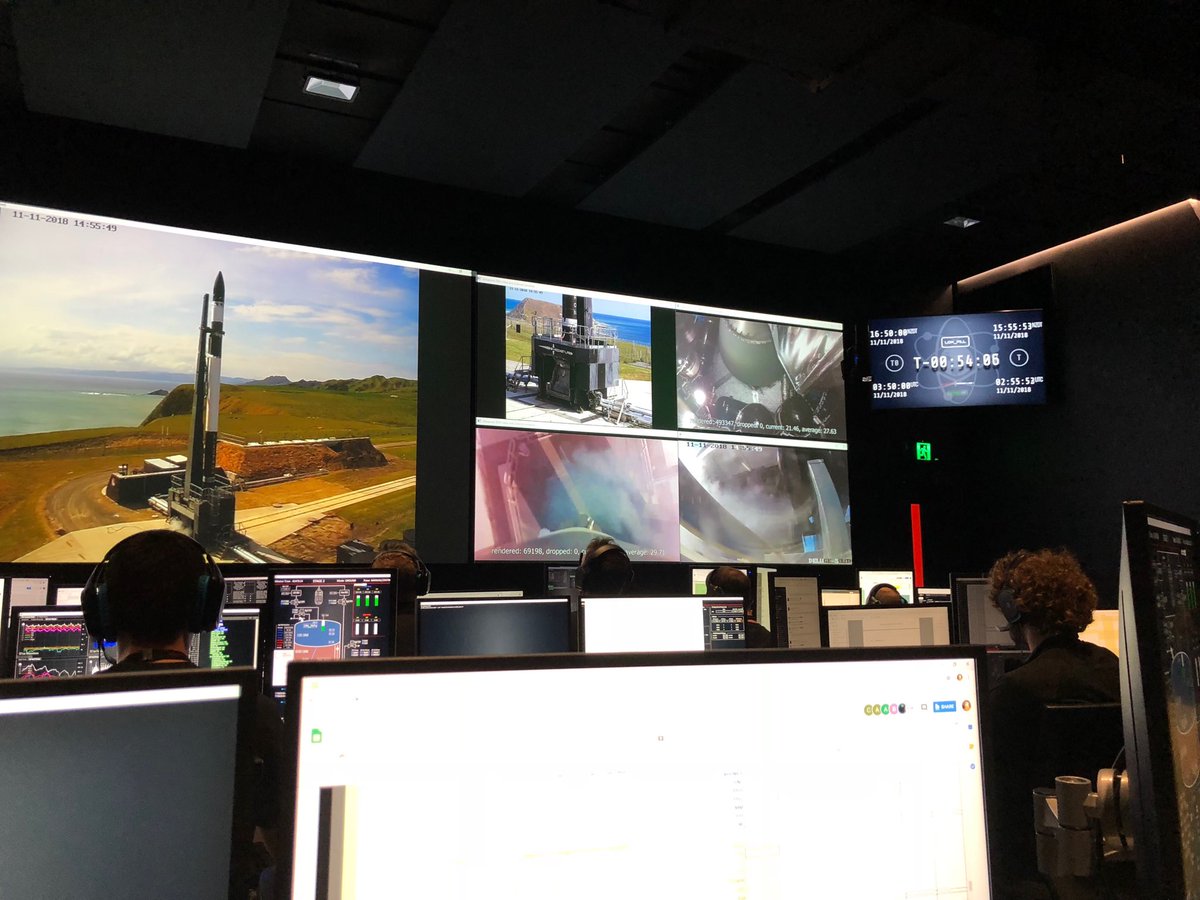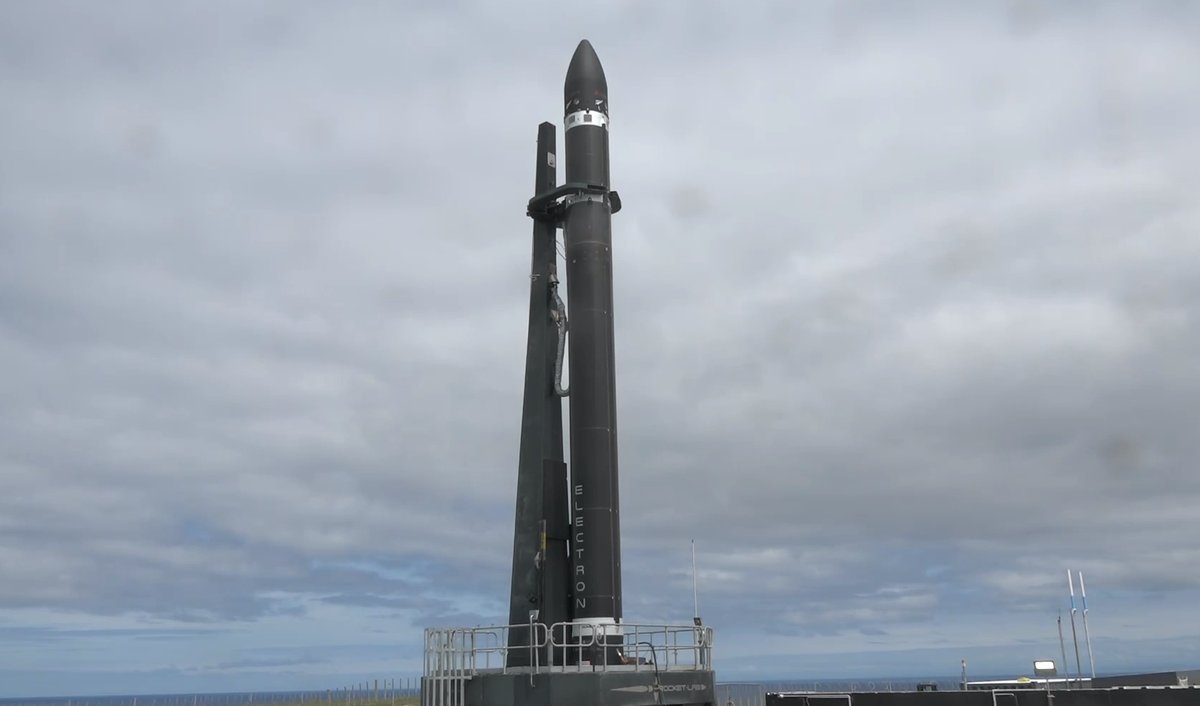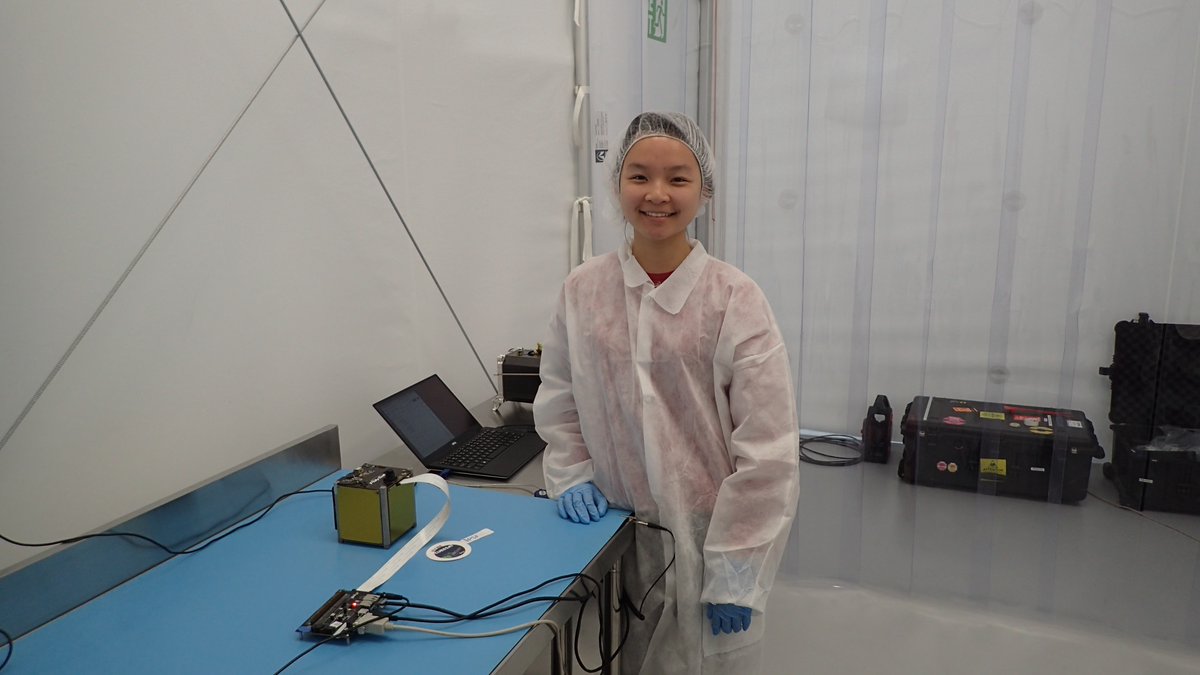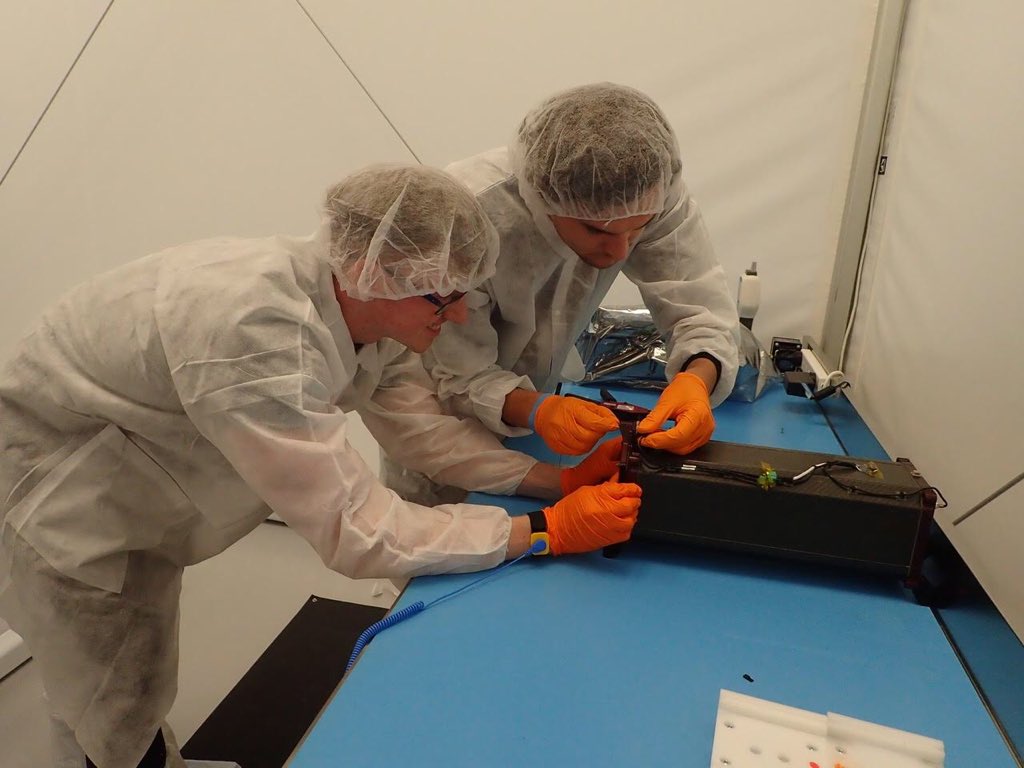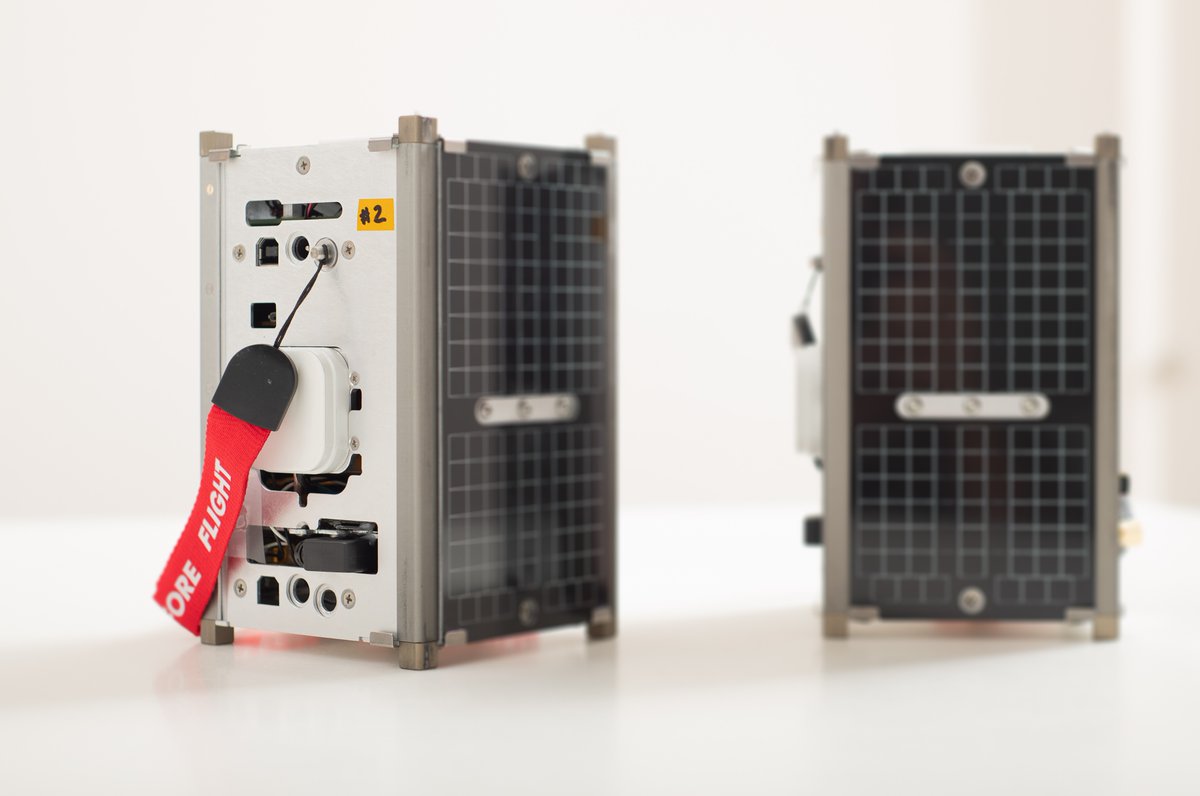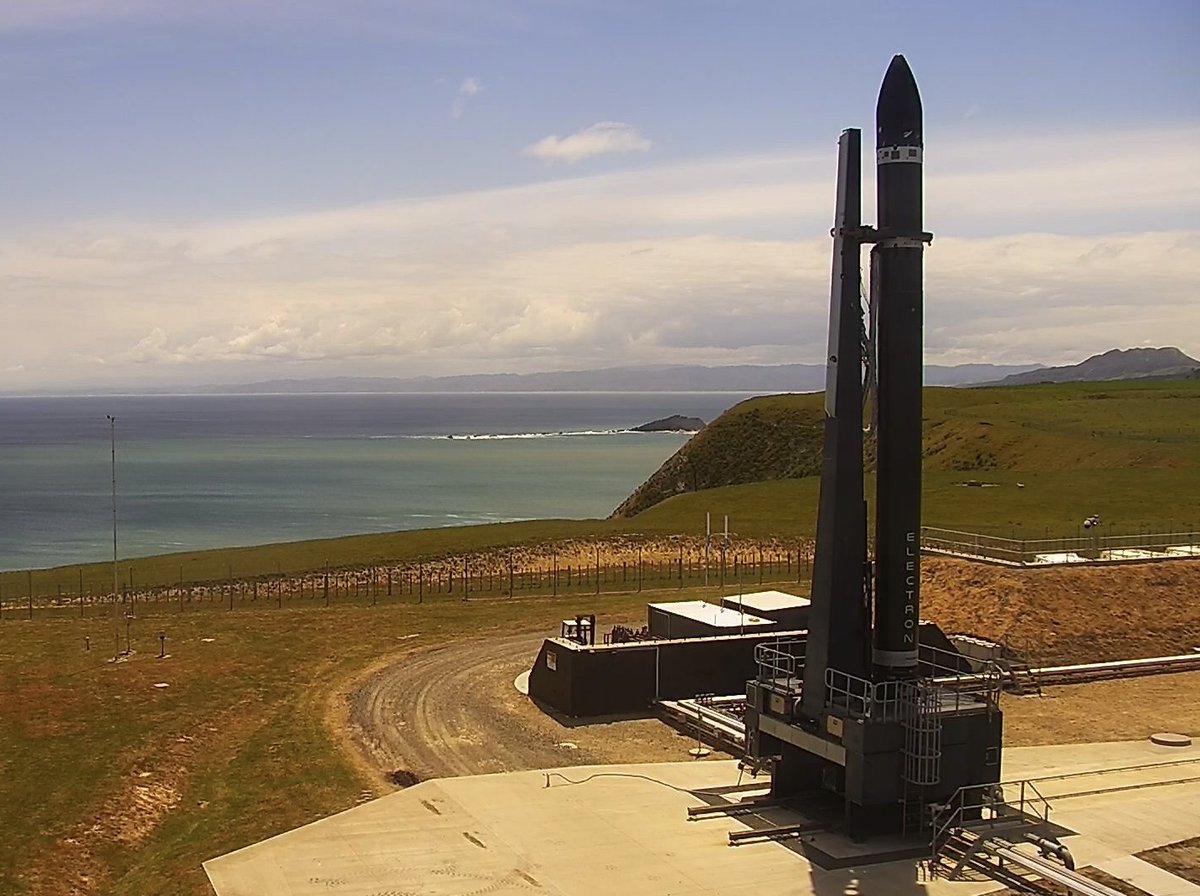Rocket Lab's 1st Commercial Launch in Pictures: 'It's Business Time'!
It's Business Time for Rocket Lab!
In November 2018, the private spaceflight company Rocket Lab successfully launched its first commercial mission using its Electron booster. The rocket "It's Business Time" launched six small satellites into orbit. See photos of the milestone launch here. In this photo, the Electron blasts off from Rocket Lab's pad on New Zealand's Mahia Penninsula at 4:50 p.m. New Zealand time on Nov. 11, 2018 local time (10:50 p.m. EST/0350 Nov. 11 GMT).
Liftoff!
This dazzling view of Rocket Lab's Electron launching the company's first commercial mission was captured by the firm's photographers Kieran Fanning and Sam Toms. "Our team's photos never disappoint," Rocket Lab representatives said in a statement.
The View from Orbit
Several of the six small satellite payloads on Rocket Lab's It's Business Time mission can be seen in this view from the booster's upper stage, with the Earth providing a brilliant backdrop in space. For It's Business Time, Rocket Lab launched two cubesats for Fleet Space Systems, two Lemur-2 cubesats for Spire Global, and one satellite each for Tyvak Nano-Satellite Systems and Irvine Cubesat STEM Program. The Electron's Curie upper stage also carried "NABEO, a drag sail technology demonstrator, designed and built by High Performance Space Structure Systems GmbH, to passively de-orbit inactive small satellites and reduce space junk," according to a Rocket Lab statement.
Meet the Electron
Rocket Lab's It's Business Time Electron rocket stands atop its pad ahead of launch. The Electron rocket is 55.7 feet tall (17 meters) and consists of two stages, with an optional kick stage. It uses liquid oxygen and rocket-grade kerosene as propellant.
Waiting to Fly
Rocket's Electron booster stands atop its pad on launch day. It's Business Time marked Rocket Lab's third Electron launch, but it was the first flight for actual paying customers. The first two flights (This Is A Test and Still Testing) were test flights.
Rocket Lab Mission Control
Rocket Lab CEO Peter Beck tweeted out this photo from inside his company's launch control center ahead of the milestone It's Business Time launch. "Count proceeding!" he wrote.
A Small Satellite Launcher
Rocket Lab's Electron looks sleek with its black paint job for It's Business Time. Rocket Lab's Electron rockets are designed to launch small satellites into orbit at an unprecedented pace. The rocket can carry payloads of up to 330 pounds (150 kilgrams) into orbit for $5 million per flight.
Breaking space news, the latest updates on rocket launches, skywatching events and more!
Irvine Cubesat STEM Launch
The Irvine01 cubseat on It's Business Time was built by high school students in Irvine, California as part of the Irvine Cubesat STEM program. Here, Melinda Chiao, a member of Team Power's Battery Group for the ICSP, is seen at Rocket Lab's Launch Complex 1 for satellite charging activities. "Exciting to see years of hard work come to fruition for these students!" Rocket Lab said.
Lemur-2 Finishing Touches
Spire Global engineers put the finishing touches on one of two Lemur-2 cubesats that launched into orbit on Rocket Lab's It's Business Time flight. Spire is building a constellation of Lemur-2 satellites to track weather and ship-tracking data.
Fleet Satellites
These two Fleet Space Technologies satellites were late additions to the It's Business Time mission. Rocket Lab announced their presence on the mission on Oct. 29, 2018. Fleet will use the two satellites to serve as the foundation for a new constellation for a "global Internet of Things constellation," according to Rocket Lab.
New Zealand Launch Site
A picturesque view of Rocket Lab's Electron booster atop Launch Complex 1, the company's launch site on Mahia Peninsula in New Zealand. The site is one of two launch sites for Rocket Lab, which recently began construction on a new U.S. launch site at NASA's Wallops Flight Facility at Wallops Island, Virginia.

Tariq is the award-winning Editor-in-Chief of Space.com and joined the team in 2001. He covers human spaceflight, as well as skywatching and entertainment. He became Space.com's Editor-in-Chief in 2019. Before joining Space.com, Tariq was a staff reporter for The Los Angeles Times covering education and city beats in La Habra, Fullerton and Huntington Beach. He's a recipient of the 2022 Harry Kolcum Award for excellence in space reporting and the 2025 Space Pioneer Award from the National Space Society. He is an Eagle Scout and Space Camp alum with journalism degrees from the USC and NYU. You can find Tariq at Space.com and as the co-host to the This Week In Space podcast on the TWiT network. To see his latest project, you can follow Tariq on Twitter @tariqjmalik.
